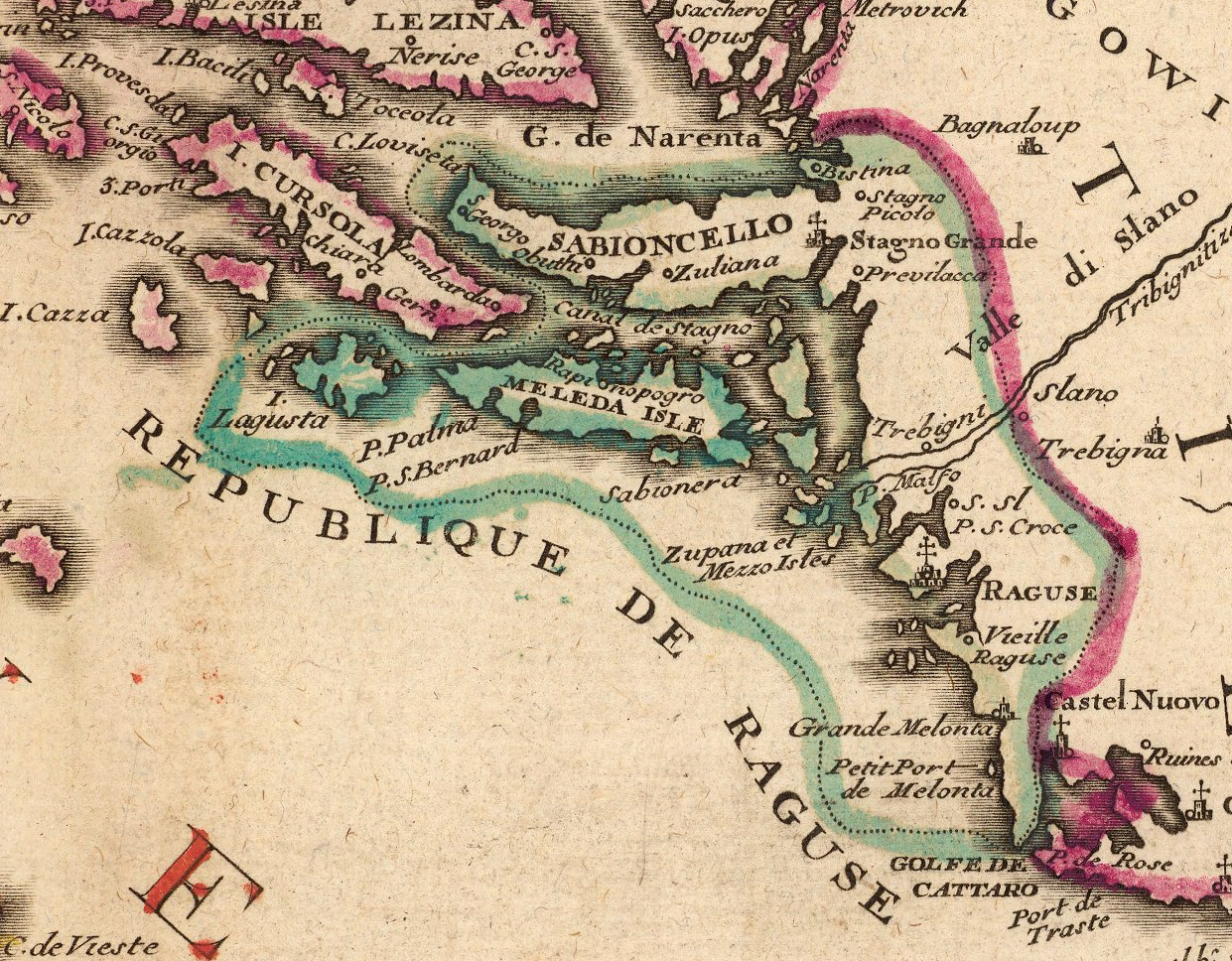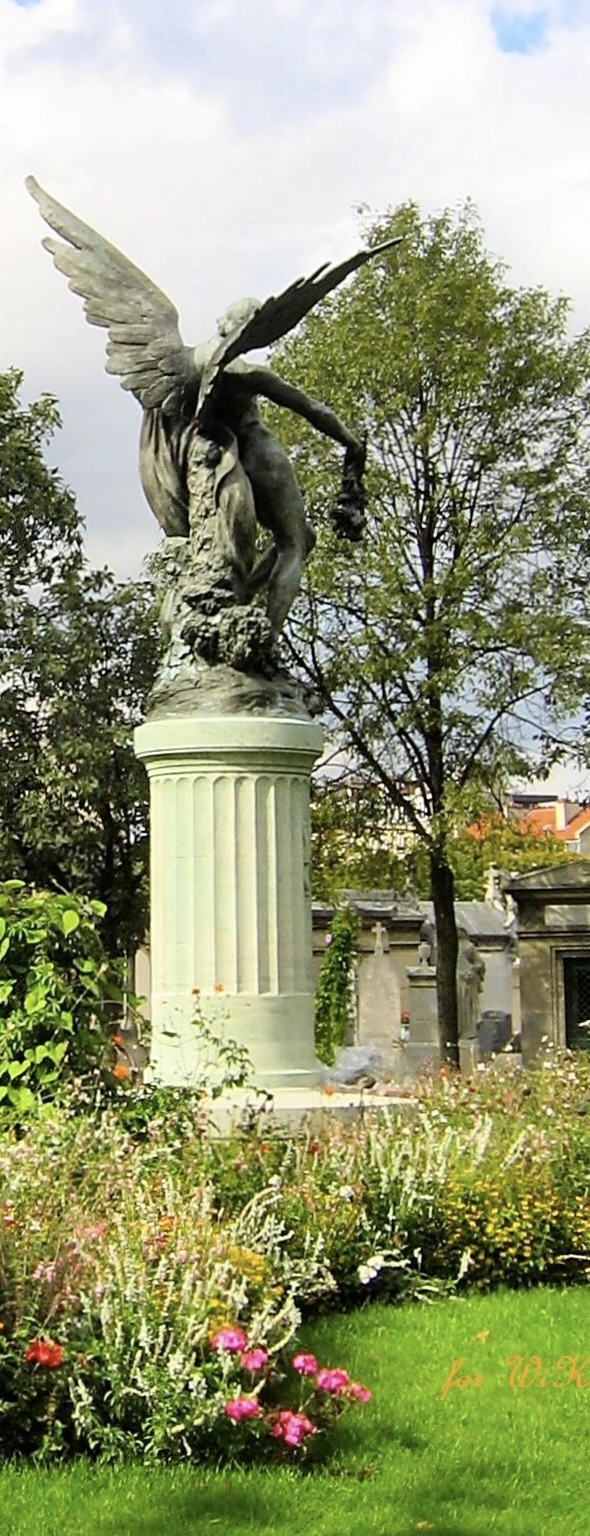|
Bondić
The House of Bonda or Bondić was a Ragusan noble family and as such belonged to the Ragusan nobility. A cadet branch became Austrian nobility in 1857. History The Bonda were first mentioned in . The progenitor was "Petragne de Bonda". By the beginning of the 15th century the family had notably decreased in size. In the beginning of the 15th century Ragusan nobility were present in Novo Brdo as merchants or mining lords; Bonda were also present. After 1808, with the French occupation and division of the Ragusan nobility into two groups, the family joined the Salamancanists, along with the Bassegli, Benessa, Buća, Giorgi, Bona, Gradi, Ragnina, Resti and Tudisi, while Gondola, Palmotta, Proculo were Sorbonnists; the rest of Ragusan nobility had branches, more or less, in both groups. In 1754 one branch of the Bona family were granted titles in Poland. Bondić family (Austrian) The Austrian Empire granted the title of Count to Bondić family on 26 January 1857. The fa ... [...More Info...] [...Related Items...] OR: [Wikipedia] [Google] [Baidu] |
Ragusan Nobility
The nobility of the Republic of Ragusa included patrician families, most of which originated from the City of Dubrovnik, and some coming from other, mostly neighbouring, countries. The Republic of Ragusa was ruled by a strict patriciate formally established in 1332, which was subsequently modified only once, following the 1667 Dubrovnik earthquake. Families * Basiljević * Benessa * Binciola * Bobali * Bocignolo * Bodazza * Bona * Bonda * Božidarević * Buća * Cerva * Giorgi * Ghetaldi * Gradić * Gučetić * Gundulić * Kaboga * Calich * Klašić * Crasso * Croce * Giuriceo * Gleda * Lukarić * Martinussio * Menčetić * Mlaschagna * Natali * Palmotić * Pavlić * Proculi * Prodanelli * Pucić * Radagli * Ranjina * Resti * Saraca * Sorgo * Tudisi * Vodopić * Volcasso * Zamagna * Zlatarić See also *Patrician (post-Roman Europe) Patricianship, the quality of belonging to a patriciate, began in th ... [...More Info...] [...Related Items...] OR: [Wikipedia] [Google] [Baidu] |
Republic Of Ragusa
The Republic of Ragusa, or the Republic of Dubrovnik, was an maritime republics, aristocratic maritime republic centered on the city of Dubrovnik (''Ragusa'' in Italian and Latin; ''Raguxa'' in Venetian) in South Dalmatia (today in southernmost Croatia) that carried that name from 1358 until 1808. It reached its commercial peak in the 15th and the 16th centuries, before being conquered by Napoleon's First French Empire, French Empire and formally annexed by the Kingdom of Italy (Napoleonic), Napoleonic Kingdom of Italy in 1808. It had a population of about 30,000 people, of whom 5,000 lived within the city walls. Its motto was "'", a Latin phrase which can be translated as "Liberty is not well sold for all the gold". Names Originally named ' (Latin for "Ragusan municipality" or "community"), in the 14th century it was renamed ' (Latin for ''Ragusan Republic''), first mentioned in 1385. It was nevertheless a Republic under its previous name, although its Rector was appointed b ... [...More Info...] [...Related Items...] OR: [Wikipedia] [Google] [Baidu] |
Patrician (post-Roman Europe)
Patricianship, the quality of belonging to a patriciate, began in the ancient world, where cities such as Ancient Rome had a social class of Patrician (ancient Rome), patrician families, whose members were initially the only people allowed to exercise many political functions. In the rise of European towns in the 12th and 13th centuries, the patriciate, a limited group of families with a special constitutional position, in Henri Pirenne's view, was the motive force. In 19th century Central Europe, the term had become synonymous with the upper Bourgeoisie and cannot be interchanged with the Middle Ages, medieval patriciate in Central Europe. In the maritime republics of the Italian Peninsula as well as in Geographical distribution of German speakers#Europe, German-speaking parts of Europe, the patricians were as a matter of fact the ruling body of the medieval town. Particularly in Italy, they were part of the nobility. With the establishment of the medieval towns, Italian city-s ... [...More Info...] [...Related Items...] OR: [Wikipedia] [Google] [Baidu] |
Dubrovnik
Dubrovnik, historically known as Ragusa, is a city in southern Dalmatia, Croatia, by the Adriatic Sea. It is one of the most prominent tourist destinations in the Mediterranean Sea, Mediterranean, a Port, seaport and the centre of the Dubrovnik-Neretva County. In 2021, its total population was 41,562. Recognizing its outstanding medieval architecture and fortifications, UNESCO inscribed the Old City of Dubrovnik as a World Heritage Site in 1979. The history of the city probably dates back to the 7th century, when the town known as was founded by refugees from Epidaurum (). It was under protectorate of the Byzantine Empire and later under the sovereignty of the Republic of Venice. Between the 14th and 19th centuries, Dubrovnik ruled itself as a Free state (polity), free state. The prosperity of the city was historically based on trade, maritime trade; as the capital of the maritime Republic of Ragusa, it achieved a high level of development, particularly during the 15th and 16t ... [...More Info...] [...Related Items...] OR: [Wikipedia] [Google] [Baidu] |
Rome
Rome (Italian language, Italian and , ) is the capital city and most populated (municipality) of Italy. It is also the administrative centre of the Lazio Regions of Italy, region and of the Metropolitan City of Rome. A special named with 2,746,984 residents in , Rome is the list of cities in the European Union by population within city limits, third most populous city in the European Union by population within city limits. The Metropolitan City of Rome Capital, with a population of 4,223,885 residents, is the most populous metropolitan cities of Italy, metropolitan city in Italy. Rome metropolitan area, Its metropolitan area is the third-most populous within Italy. Rome is located in the central-western portion of the Italian Peninsula, within Lazio (Latium), along the shores of the Tiber Valley. Vatican City (the smallest country in the world and headquarters of the worldwide Catholic Church under the governance of the Holy See) is an independent country inside the city boun ... [...More Info...] [...Related Items...] OR: [Wikipedia] [Google] [Baidu] |
Ancona
Ancona (, also ; ) is a city and a seaport in the Marche region of central Italy, with a population of around 101,997 . Ancona is the capital of the province of Ancona, homonymous province and of the region. The city is located northeast of Rome, on the Adriatic Sea, between the slopes of the two extremities of the promontory of Monte Conero, Monte Astagno and Monte Guasco. The hilly nature around Ancona is a strong contrast to the flatter coastline in areas further north. Ancona is one of the main ports on the Adriatic Sea, especially for passenger traffic, and is the main economic and demographic centre of the region. History Greek colony Before the Greek colonization, the territory was occupied by separated communities of the Picentes tribes. Ancona took a more urban shape by Greek settlers from Syracuse, Italy, Syracuse in about 387 BC, who gave it its name: ''Ancona'' stems from the Greek word (''Ankṓn''), meaning "elbow"; the harbour to the east of the town was o ... [...More Info...] [...Related Items...] OR: [Wikipedia] [Google] [Baidu] |
Ivan Meštrović
Ivan Meštrović (; 15 August 1883 – 16 January 1962) was a Croatian and Yugoslav sculptor, architect, and writer. He was the most prominent modern Croatian sculptor and a leading artistic personality in contemporary Zagreb. He studied at Pavao Bilinić's Stone Workshop in Split and at the Academy of Fine Arts Vienna, where he was formed under the influence of the Secession. He traveled throughout Europe and studied the works of ancient and Renaissance masters, especially Michelangelo, and French sculptors Auguste Rodin, Antoine Bourdelle and Aristide Maillol. He was the initiator of the national-romantic group Medulić (he advocated the creation of art of national features inspired by the heroic folk songs). During the First World War, he lived in emigration. After the war, he returned to Croatia and began a long and fruitful period of sculpture and pedagogical work. In 1942 he emigrated to Italy, in 1943 to Switzerland and in 1947 to the United States. He was a professor ... [...More Info...] [...Related Items...] OR: [Wikipedia] [Google] [Baidu] |
Marie Vassilieff
Mariya Ivanovna Vassilieva (Russian: Мария Ивановна Васильева;1884-1957), better known as Marie Vassilieff, was a Russian-born painter and set designer active in Paris. She was born on February 12, 1884 in Smolensk, Russia. She attended the Saint Petersburg Academy of Arts. She also studied at the École des Beaux-Arts in Paris, where she was taught by Henri Matisse. In 1910 she co-founded the ''Academie Russe'' in Paris. Several years later she left that school and founded ''Academie Vassilieff'' also in Paris. ''Academie Vassilieff'' located in the 15th arrondissement of Paris (Montparnasse), became a popular place, and during World War I World War I or the First World War (28 July 1914 – 11 November 1918), also known as the Great War, was a World war, global conflict between two coalitions: the Allies of World War I, Allies (or Entente) and the Central Powers. Fighting to ... Vassilieff turned the property into a canteen (cafeteria) servin ... [...More Info...] [...Related Items...] OR: [Wikipedia] [Google] [Baidu] |
Montparnasse
Montparnasse () is an area in the south of Paris, France, on the left bank of the river Seine, centred at the crossroads of the Boulevard du Montparnasse and the Rue de Rennes, between the Rue de Rennes and boulevard Raspail. It is split between the 6th, 14th, and 15th arrondissements of the city. Montparnasse has been part of Paris The area also gives its name to: * Gare Montparnasse: trains to Brittany, TGV to Rennes, Tours, Bordeaux, Le Mans; rebuilt as a modern TGV station; * The large Montparnasse – Bienvenüe métro station; * Cimetière du Montparnasse: the Montparnasse Cemetery, where, among other celebrities, Charles Baudelaire, Constantin Brâncuși, Jean-Paul Sartre, Simone de Beauvoir, Man Ray, Samuel Beckett, Serge Gainsbourg and Susan Sontag are buried; * Tour Montparnasse, a lone skyscraper. Students in the 17th century who came to recite poetry in the hilly neighbourhood nicknamed it after "Mount Parnassus", home to the nine Muses of arts and scie ... [...More Info...] [...Related Items...] OR: [Wikipedia] [Google] [Baidu] |
Jelena Dorotka
Jelena Dorotka Hoffmann née Jelena Dorotka von Ehrenwall (1 March 1876 – 19 May 1965) was a Dubrovniknian Cubism, cubist painter. Dorotka, a native of Dubrovnik, lived as an artist in Paris between 1907 and 1914, where she met many prominent figures of modern art, and became the first ragusan cubist painter. After her return to Dubrovnik in 1922, she lived a largely anonymous life, and was virtually forgotten after her death. Her opus is only partially preserved. In the 21st century, the interest in her life and work has been revived. Early life Jelena Dorotka von Ehrenwall was born in Dubrovnik in 1876. She was the daughter of Joseph Dorotka von Ehrenwall (1832-1897), an officer in the Austro-Hungarian Army and his wife, Countess Maria Malvina Katarina Tomasa de Bonda family, Bonda (b. 1846). She finished elementary school in Dubrovnik and graduated from Gymnasium (school), gymnasium in Trieste. Then she married Otto Hoffmann, who was, like her father, an Austro-Hungarian Army o ... [...More Info...] [...Related Items...] OR: [Wikipedia] [Google] [Baidu] |





